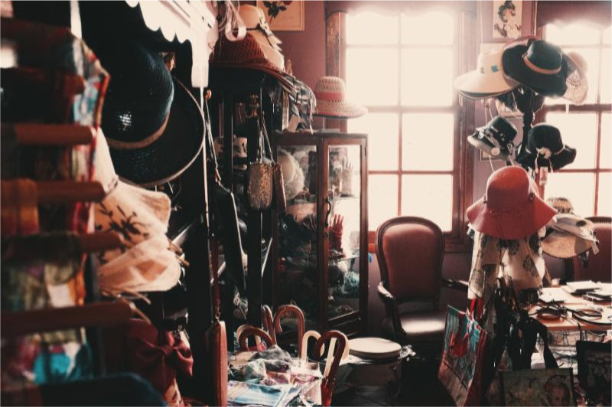Hoarding disorder is a unique psychiatric condition that has long been misunderstood, undiagnosed, and untreated. People who hoard rarely reach out for help. It is a compulsive issue that leads to dysfunction, health, and safety issues in the home.
Why people hoard
Hoarding can begin at any age, but becomes a severe problem typically when someone is older and living on their own. Most hoarders cannot admit they have a problem. Maybe they excuse their clutter for collections, novelty items, or pure laziness. Regardless of the claims, the compulsive collection of items is really a disorder that can have serious consequences. People who hoard are typically socially withdrawn. Social isolation can be a result of the hoarding or may be the reason for it. Leading a stressful life and not having the proper coping mechanisms can lead to hoarding. Since hoarders become so emotionally attached they are unable to distinguish what is trash and what is not. Keeping all of their clutter feels right to the hoarder in spite of safety and health consequences. Hoarding can develop without any other symptoms of another disorder, but it is often associated with obsessive-compulsive disorder (OCD) and depression.
Signs and symptoms
How do you tell if someone is becoming a hoarder? Hoarding is different from cluttering and collecting. Hoarders will save random items from their daily lives and store them haphazardly. Throwing things away, selling, giving away, or even recycling is very difficult for people who hoard. With a hoarding disorder their collections will interfere with life. Some symptoms and behaviors to watch for:
• Holding onto things that most people would consider having no value such as junk mail, newspapers or catalogs, old clothing, broken items.
• Keeping shades drawn, not allowing visitors or family members in, neglected repair work.
• Unsanitary conditions or lack of functional living space. Not able to sleep in their bed or use kitchen appliances; bathrooms facilities are filthy; table or counter tops are full; not able to move freely around the home.
• Obsessive shopping and attaching an intense sentimental attachment to objects.
• Having more animals than they can properly care for.
How to help
So how do you address this with a loved one? Not realizing the seriousness of hoarding is common among people who hoard therefore making it a tough conversation. Attempts to help organize usually end up just moving possessions from one location to another. Since hoarding is being connected to emotional and mental health issues like OCD, depression, and anxiety, seeking professional help may be the only viable course of action. The starting point is tough; after the hoarder acknowledges the problem they must get past their isolation issues and embarrassment. Cognitive-behavioral therapy is often sought and will pinpoint the thought process that has caused the hoarding. Group Therapy for hoarding also shows promise. Therapy is often combined with medications. Hoarding is not about being a sloppy or lazy person. It is about a deeper emotional problem and immediate attention can help nip it before it becomes a serious issue. You can use this website to find training and educational programs. You can use the HDRTG Resource Directory to find service providers in the NY/NJ/CT tri-state area. who have been trained by HDRTG to assist people affected by hoarding. You can call the HDRT Group for a consultation about your loved one or a community member.
Apr
2019
11


